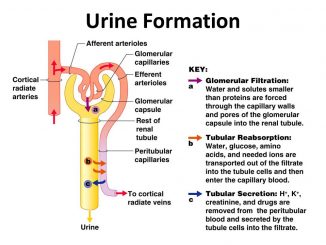
Physiology of urine formation
Physiology of Urine formation There are three stages involved in the process of urine formation. They are- 1. Glomerular filtration or ultra-filtration 2. Selective reabsorption […]

Physiology of Urine formation There are three stages involved in the process of urine formation. They are- 1. Glomerular filtration or ultra-filtration 2. Selective reabsorption […]
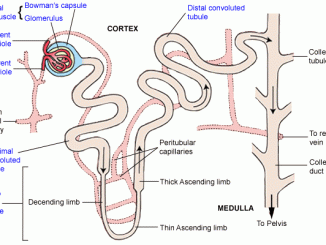
Nephron-Structural anatomy and types Histologically, each kidney is composed of approximately 1 million of Uriniferous tubules or nephron. Nephron is the structural and functional unit […]
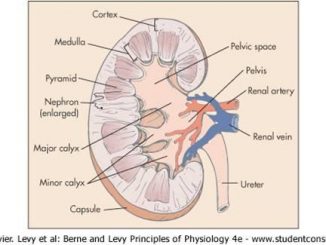
Kidney-Structure, Anatomy and Function Gross Structure Kidneys are bean-shaped organs, about 11 cm long, 6 cm wide, 3 cm thick and weigh 150 g. They […]

Ames test Principle Ames test is developed by Bruce N. Ames in 1970s to test for determining if the chemical is mutagens. This test is […]
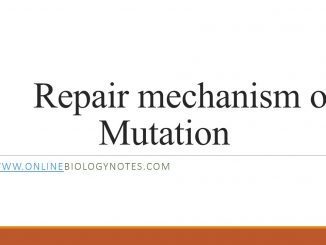
Repair mechanism of mutation Repair system play a significant role in mutation process. As a result of repair, potentially lethal changes in DNA may be […]
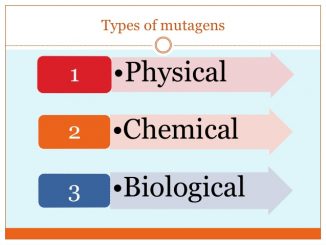
Mutagenesis and Mutagens Mutagenesis is the process of inducing mutation by a number of physical, chemical or biological agents. The agents that causes mutation are […]

Mutation and types of mutation Mutation Mutation is the change in sequence of nucleotide of DNA. Change in sequence of nucleotide brings sudden change in […]

Phenotypic characteristics and Phenotypic changes Phenotypic characteristics Phenotypes are observable characteristics of an organism. It include any characteristics of a microorganism such as morphological characteristics, […]
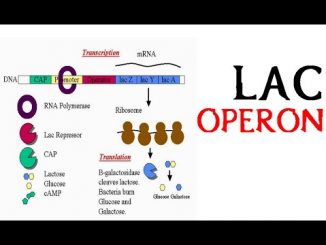
Epigenetic regulation of lac operon in E. coli Lac operon A Classical example of epigenetic regulation of phenotypic heterogeneity is the utilization of lactose as […]
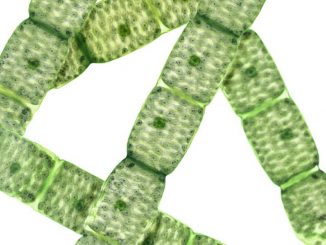
Spirogyra Spirogyra is a green algae belonging to the class chlorophyceae. The genus Spirogyra comprises more than 300 species and most of them are free […]
Copyright © 2024 | WordPress Theme by MH Themes